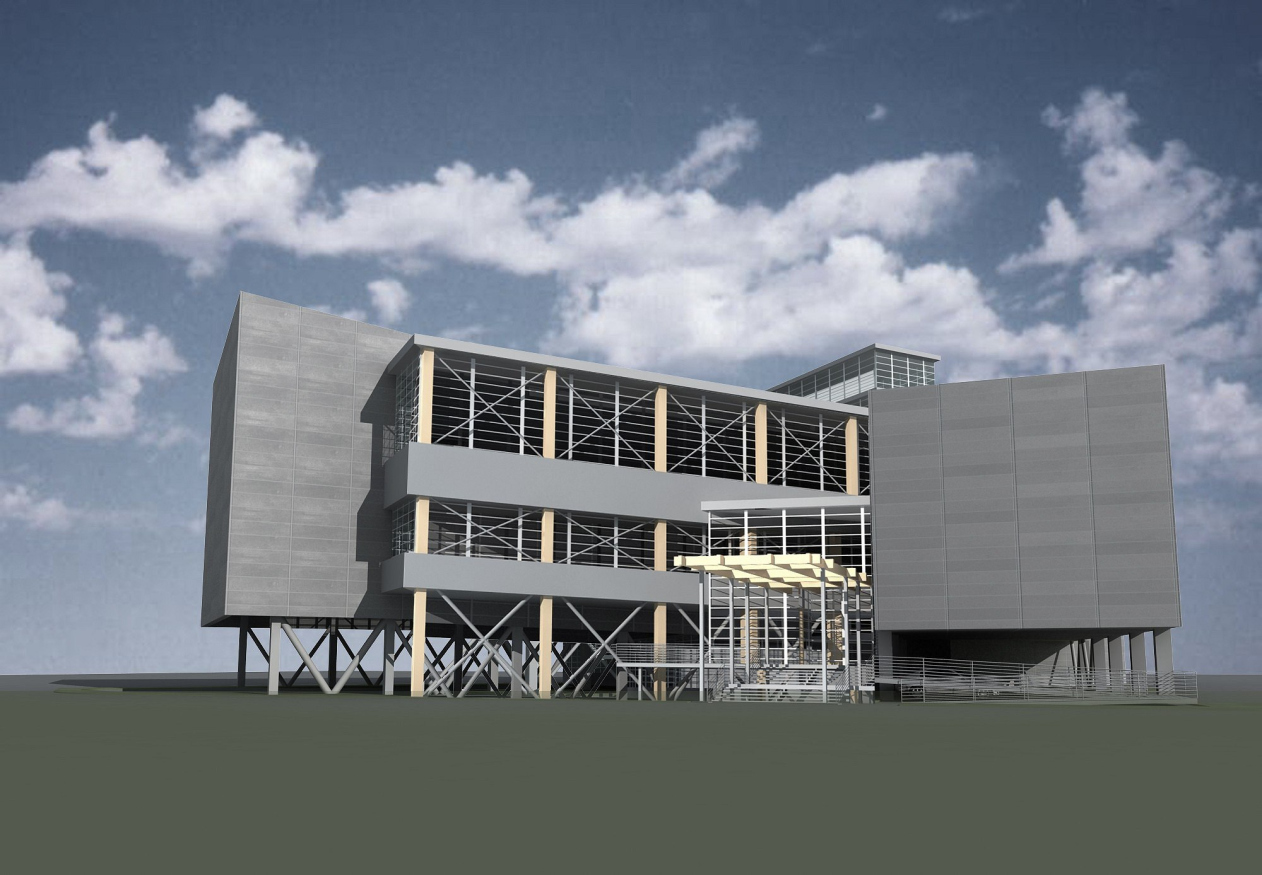Support for the sport
PTAM Vissarionov designed a sports complex for the Russian State Social University, where any student can choose from a variety of sports classes instead of routine physical education classes.




29 April 2011

Written by: